Un an après mon premier passage en Tanzanie, me voilà déjà de retour. Mon but : trouver et photographier les deux vipères endémiques du pays, et parmi les plus rares d’Afrique et du Monde.
A year after my first visit to Tanzania, I’m back again. My aim: to find and photograph the country’s two endemic vipers, among the rarest in Africa and the world.
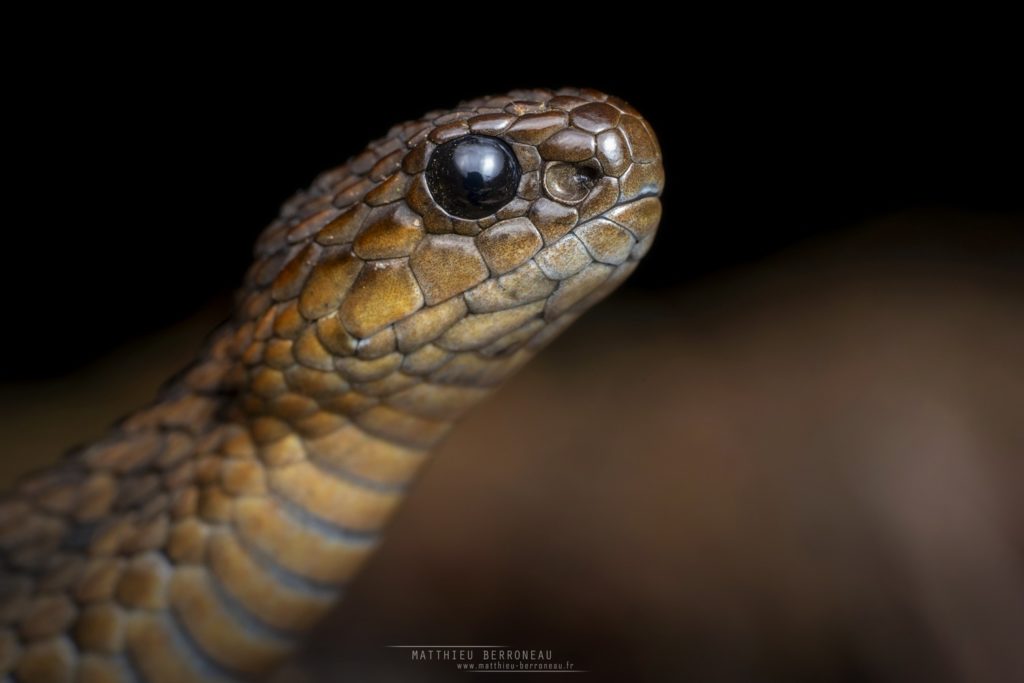
Atheris barbouri
Atheris matildae, the Matilda’s Horned Viper
Atheris matildae est une espèce relativement similaire à Atheris ceratophora : elle est généralement jaune et noire, avec des sourcils prononcés. Elle atteind des tailles importantes puisque un individu a été mesuré à 80 cm ! Elle a été décrite en 2011 seulement, et n’est connue que d’une forêt du sud de la Tanzanie.
Peu de choses sont connues sur l’écologie et la biologie de l’espèce, mais nous sommes proches de Atheris ceratophora : principalement arboricole, comme la grande majorité des Atheris, même si certains individus ont été observés au sol, plutôt en lisière forestière, si possible près de l’eau et de ses proies favorites, les grenouilles.
Atheris matildae is a species relatively similar to Atheris ceratophora: it is generally yellow and black, with pronounced eyebrows. It grows to considerable size, with one individual measured at 80 cm! It was only described in 2011, and is only known from a forest in southern Tanzania.
Little is known about the ecology and biology of the species, but we are close to Atheris ceratophora: mainly arboreal, like the vast majority of Atheris, even if some individuals have been observed on the ground, rather at the edge of the forest, if possible near water and its favorite prey, frogs.
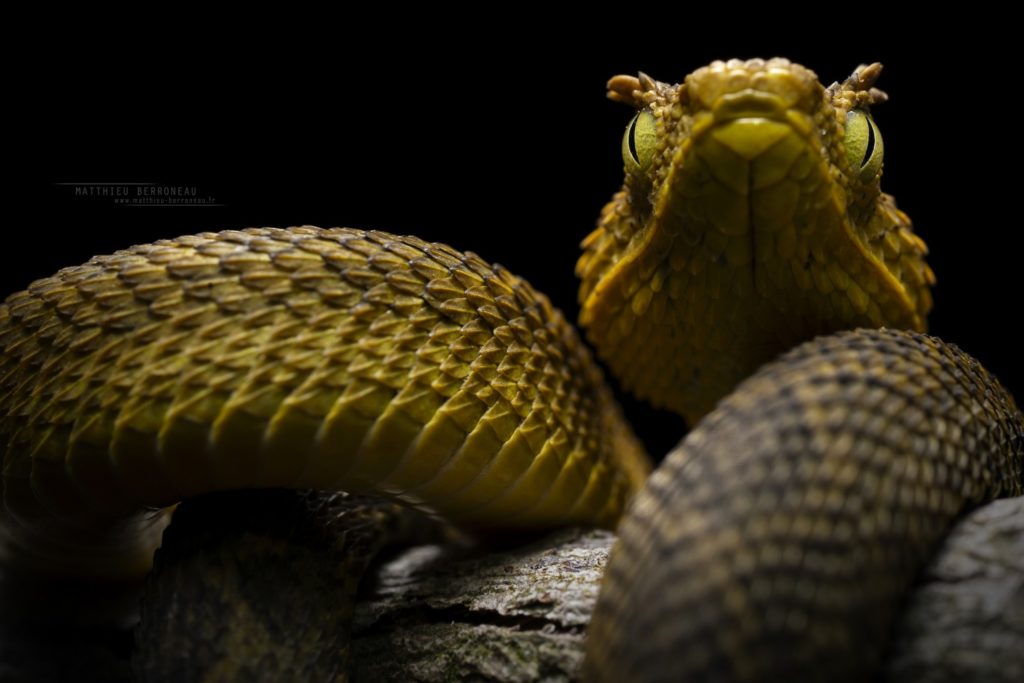
Atheris matildae
Atheris barbouri, the Uzungwe Mountain Bush Viper
Atheris barbouri est plus incroyable encore. C’est une Atheris terrestre à la morphologie très particulière : petite (25 à 30 cm environ) très courte, boudinnée, avec une toute petite tête. Difficile de croire que ces deux espèces sont des cousines proches ! Son écologie est inconnue et les rares informations trouvées dans la littérature sont contradictoires : litière forestière, lisière de forêt, milieux ouverts ?
Atheris barbouri is even more incredible. It’s a terrestrial Atheris with a very particular morphology: small (around 25 to 30 cm), very short, curled, with a very small head. It’s hard to believe that these two species are close cousins! Its ecology is unknown, and the scant information found in the literature is contradictory: forest litter, forest edges, open environments?
Sans aucune certitude concernant les localités de présence des deux espèces (qui reste cachée du grand public pour des questions de protection des populations), nous (Fabrice, Robin, Yannick, Julian et moi même, la team 2024) avons donc pris le pari de visiter une forêt favorable du sud de la Tanzanie. Une semaine dédiée à la recherche intensive et quasi exclusive de ces deux espèces.
Sans plus de suspense : mission accomplie ! Nous avons réussi à observer les espèces visées ! Nos longues journées et nuits de prospection ont toutefois mis en évidence leur probable rareté : là où nous étions, les populations semblent peu denses et localisées.
With no certainty as to the whereabouts of the two species (which remain hidden from the general public for population protection reasons), we (Fabrice, Robin, Yannick, Julian and myself, the 2024 team) took up the challenge of visiting a favorable forest in southern Tanzania. A week dedicated to the intensive and almost exclusive search for these two species.
Without further ado: mission accomplished! We managed to observe (and learn a little more about) both species. Our long days and nights of prospecting first highlighted the probable rarity of both species: where we were, populations appeared to be sparse and localized.
Seule une Atheris matildae a été observée. Trouvée dans un buisson en lisière de forêt, en milieu semi ouvert, à proximité d’un cours d’eau. Logique confirmée.
Nous avons pu observer deux Atheris barbouri. Avec un peu de chance, car les milieux d’observation sont bien loin de ceux décrits dans la littérature, et des milieux que nous avions prospectés, sans succès, en 2023.
La première a été trouvée au milieu de la nuit, en train de traverser une route de terre, entre deux parcelles de landes ouvertes mésophiles, sans végétation arborée. Une des deux parcelles avaient d’ailleurs été totalement incendiée l’année précédente. La deuxième a été observée au cœur d’un marais tourbeux, toujours de nuit, en bordure d’une touffe d’herbe dense. On est assez loin de la litière forestière !
Quoiqu’il en soit, les découvertes de ces deux espèces a rendu la semaine exceptionnelle et le voyage réussi en tout point. Des découvertes qui donnent seulement envie d’en apprendre plus sur l’écologie, la phénologie, la biologie et la répartition de ces espèces qui restent encore bien mystérieuses…
Only one Atheris matildae was observed. Found in a bush on the edge of a forest, in a semi-open area, near a stream. Logic confirmed.
We were able to observe two Atheris barbouri. With a bit of luck, as the environments where we observed them were far from those described in the literature, and from the environments we had surveyed, without success, in 2023.
The first was found in the middle of the night, crossing a dirt road between two patches of open mesophilous heathland with no tree vegetation. One of the two plots had been completely burnt down the previous year. The second was observed in the heart of a peaty marsh, again at night, on the edge of a dense tuft of grass. A far cry from forest litter!
In any case, the discoveries of these two species made the week exceptional and the trip a success in every respect. Discoveries that only whet our appetite to learn more about the ecology, phenology, biology and distribution of these species, which are still very much a mystery…
Évidemment le voyage a été ponctué d’autres observations, d’abord rares puis plus fréquentes à notre retour en plaine : Boomslang (quel animal !), Thelotornis usambaricus, caméléons endémiques (Rhampholeon acuminatus !), grenouilles et crapauds (superbe Leptopelis grandiceps !). Les anecdotes de terrain seront nombreuses, et la dernière sortie, tout particulièrement épique. Plus de 25 km de marche nocturne, sous l’orage, des chemins inaccessibles, et un retour en moto-brousse de 2h pour un total de plus de 40h00 sans dormir… Hardcore herping ! Que du bonheur !
Pour résumé, l’Afrique tropicale et ses forêts d’altitude dans toute sa splendeur : accès très difficile, animaux très rares et peu visibles, mais qui nous forcent toujours à revenir vers elle !
Merci à mes compagnons de voyage, c’était top, comme d’habitude. Merci évidemment à Emmanuel et à toute son équipe, sans quoi ces voyages ne seraient tout simplement pas possibles. Et merci aux villageois pour leur chaleureux accueil !
Of course, the trip was punctuated by other sightings, first rare then more frequent on our return to the plains: Boomslang (what an animal!), Thelotornis usambaricus, endemic chameleons (Rhampholeon acuminatus!), frogs and toads (superb Leptopelis grandiceps!). There are plenty of anecdotes from the field, and the last outing was particularly epic. More than 25 km of night walking, in thunderstorms, inaccessible paths, and a 2-hour return by bush bike for a total of more than 40h00 without sleep… Hardcore herping! Just great!
To sum up, tropical Africa and its high-altitude forests in all their splendour: very difficult access, very rare and little-seen animals, but always forcing us to come back for more!
Thanks to my travel companions, they were top-notch, as usual. Thanks, of course, to Emmanuel and his team, without whom these trips would simply not be possible. And thanks to the villagers for their warm welcome!
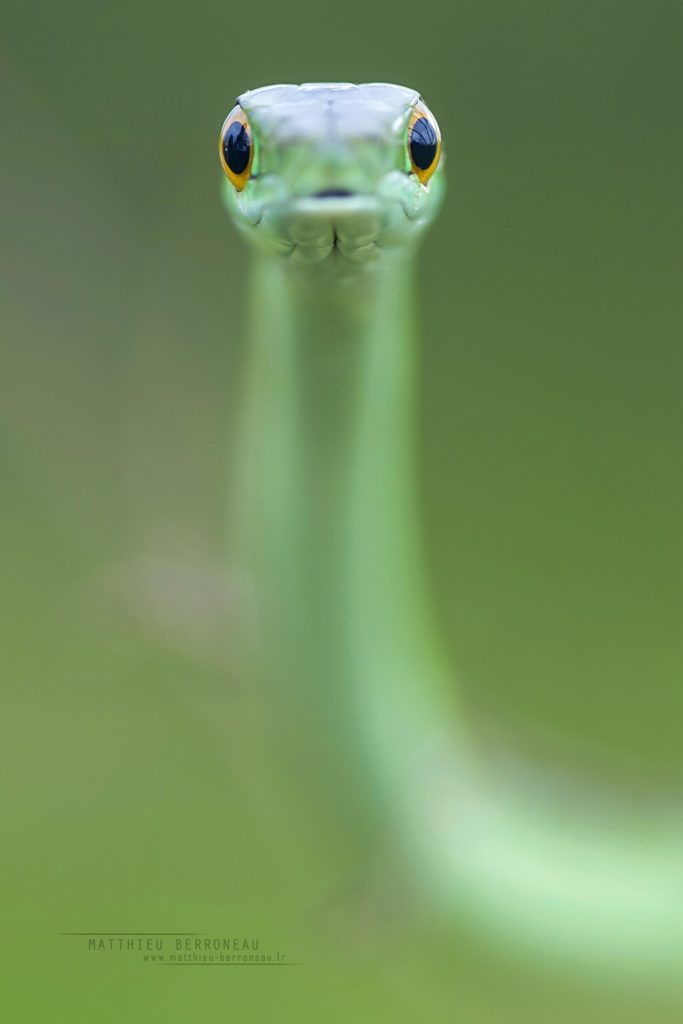
Philothamnus angolensis
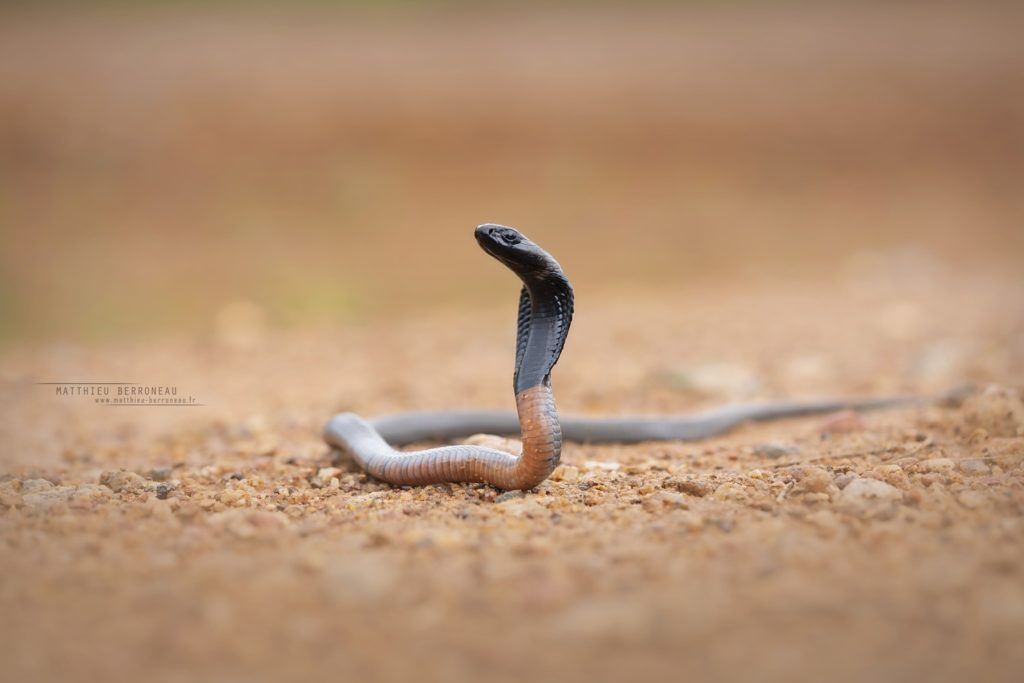
Naja nigricollis
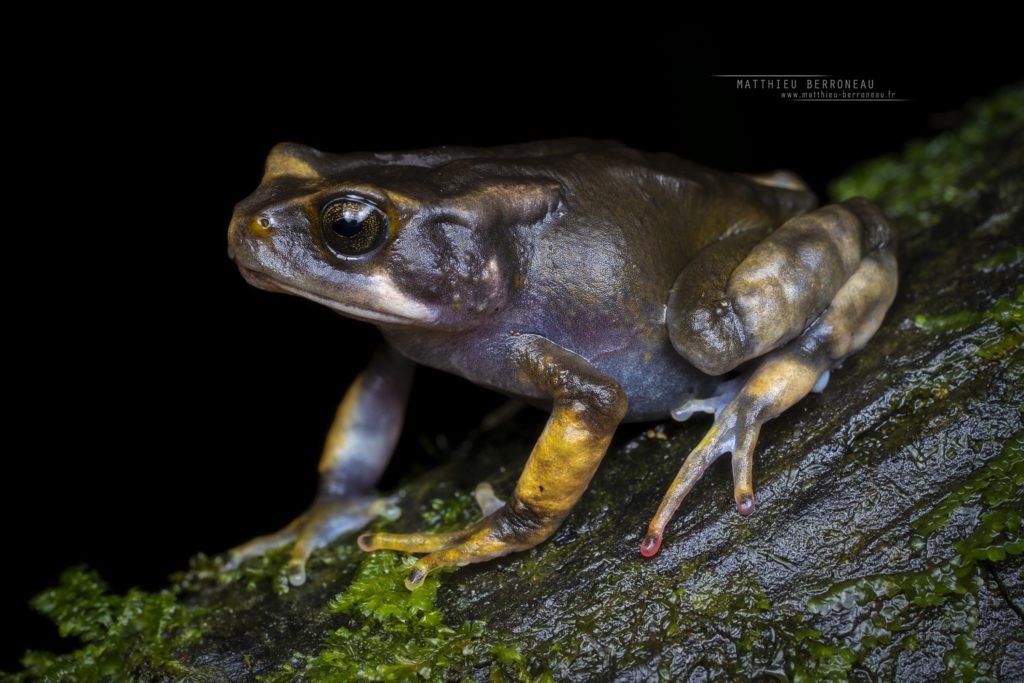
Nectophrynoides viviparus
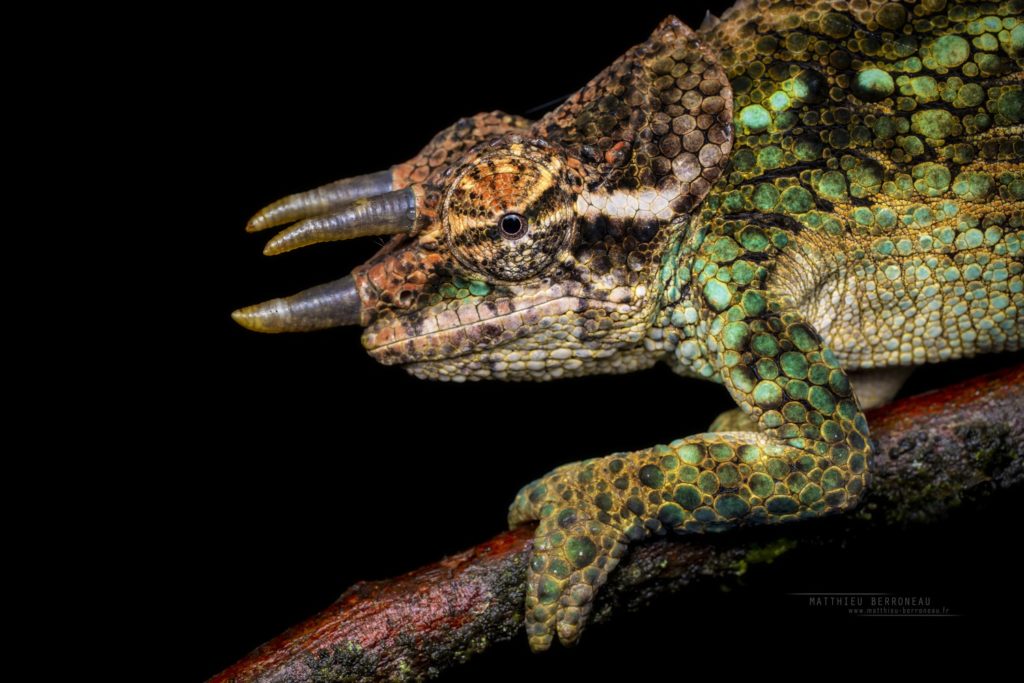
Trioceros werneri
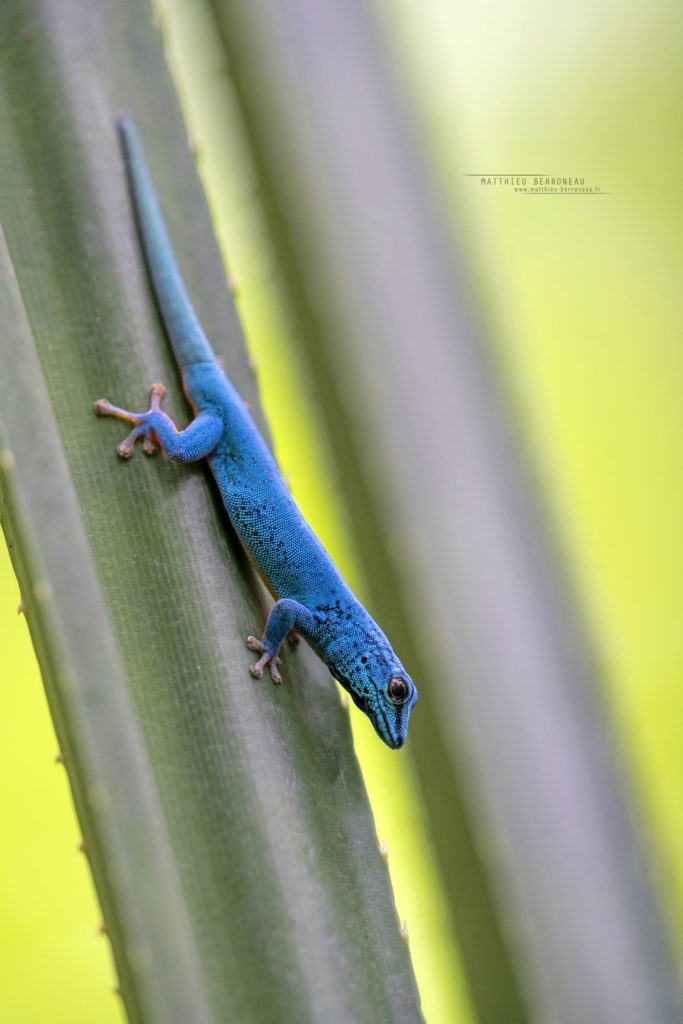
Lygodactylus williamsi
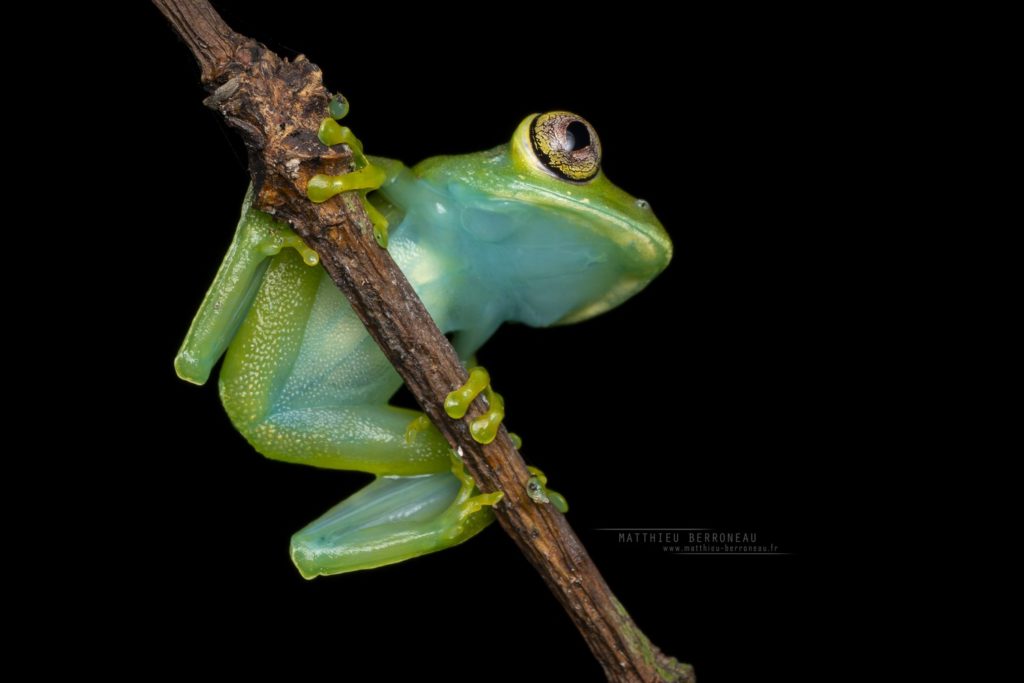
Leptopelis grandiceps
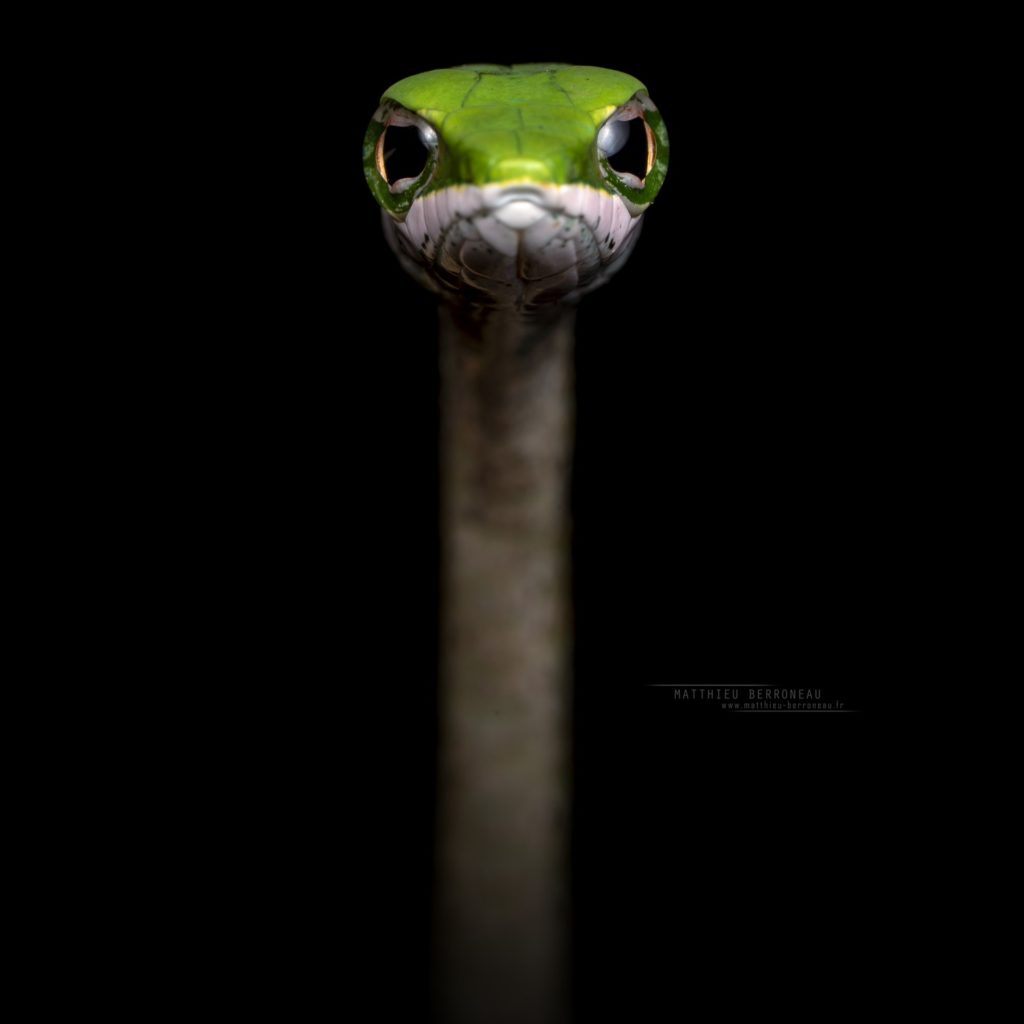
Thelotornis usambaricus
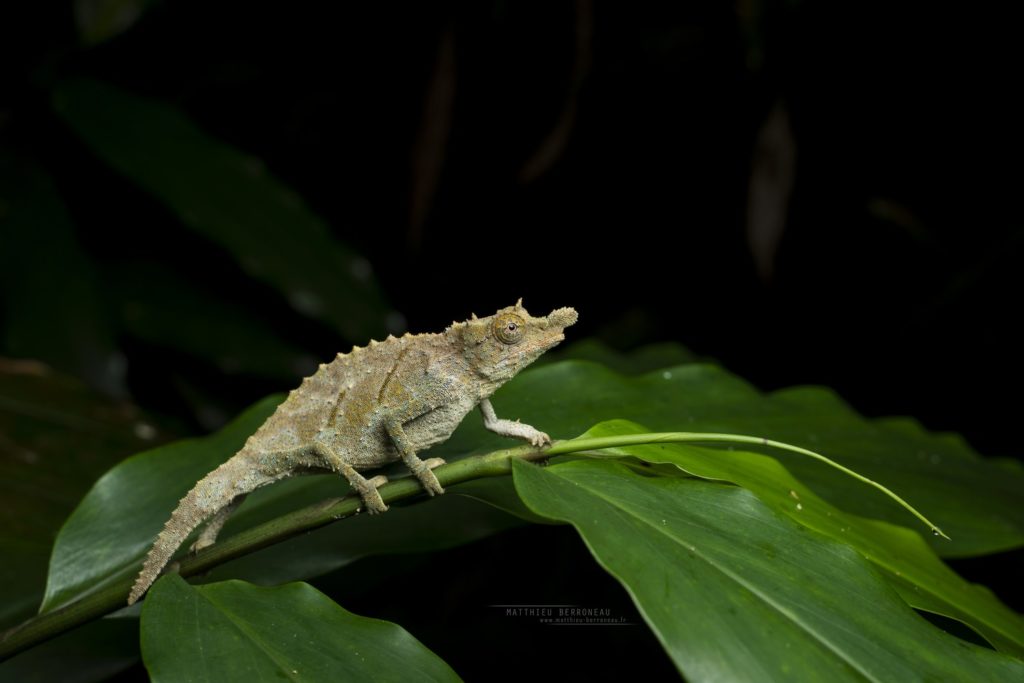
Rhampholeon acuminatus
Liste des espèces – Species list
Afrixalus delicatus
Afrixalus cf. stuhlmalni
Afrixalus sp.
Agama dodomae
Agama mossambica
Amieta tenuoplicata
Ancylodactylus barbouri
Artroleptis affinis
Artroleptis stenodactylus
Artroleptis cf. reichei.
Atheris barbouri
Atheris matildae
Atroleptis xenodactyloides
Boaedon fuliginosus
Callulina kreffti
Chiromantis xerampelina
Crotaphopeltis hotamboeia
Dispholidus typus
Duberria lutrix (dead)
Hemidactylus mabouia
Hemidactylus platycephalus
Hemisus marmoratus
Holaspis guentheri
Hylambates maculatus
Hyperolius mitchelli
Hyperolius substriatus
Kinyongia msuyae
Kinyongia oxyrhina
Lygodactylus williamsi
Leptopelis flavomaculatus
Leptopelis grandiceps
Leptopelis ulugurensis
Leptosiaphos kilimensis
Leptotyphlops merkeri
Lygodactylus picturatus
Mertensophryne taitana
Mochlus sundevalli
Naja nigricollis
Natriciteres olivacea
Nectophrynoides sp nov.
Nectophrynoides tornieri
Nectophrynoides viviparus
Phelsuma dubia
Philothamnus angolensis
Philothamnus macrops
Philothamnus punctatus
Prosymna semifasciata
Psammophis sp.
Psammophis mossambicus
Ptychadena ancheitae
Ptychadena sp.
Rhampholeon nchisiensis
Rhampholeon ulugureunsis
Rhampholeon acuminatus
Rieppeleon brevicaudatus
Rieppeleon brevicolatus
Sclerophrys brauni
Sclerophrys gutturalis
Scolecomorphus kirkii
Thelotornis ussambaricus
Trachylepis striata
Trachylepis varia
Trioceros deremensis
Trioceros werneri
Xenopus muelleri


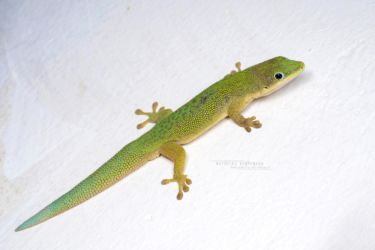
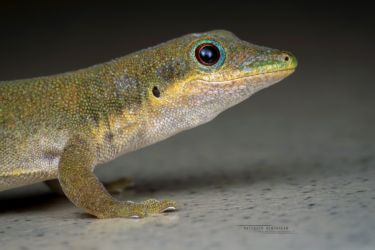
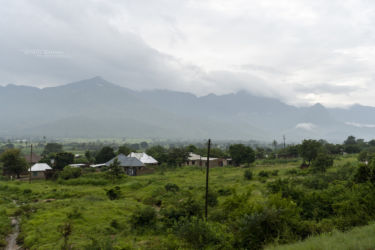
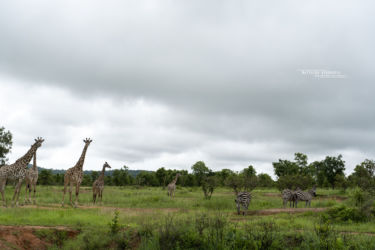

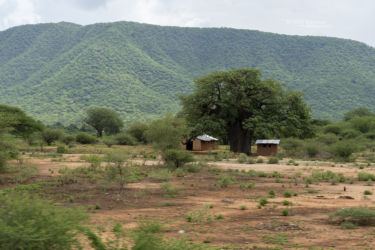
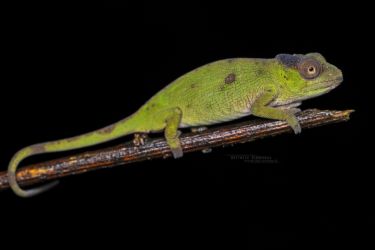
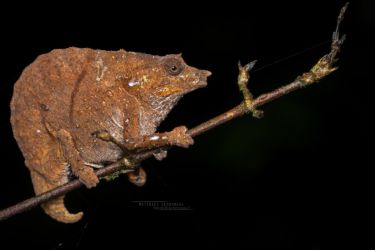

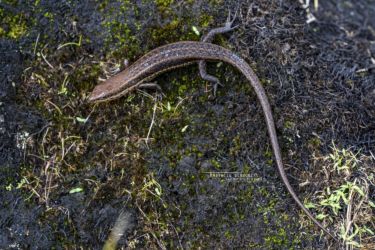
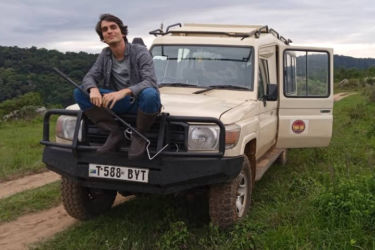
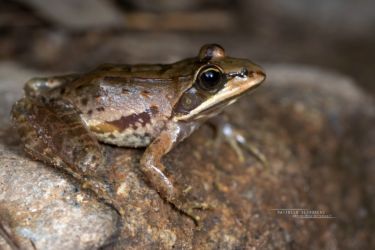
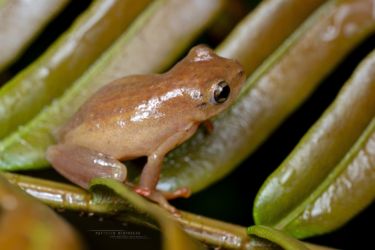
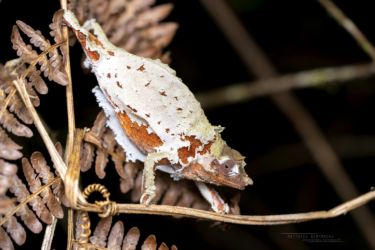
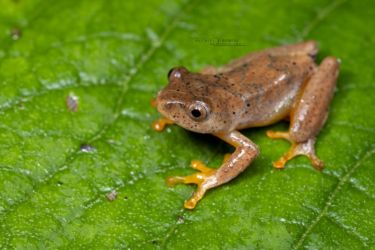
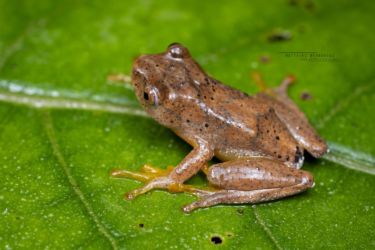
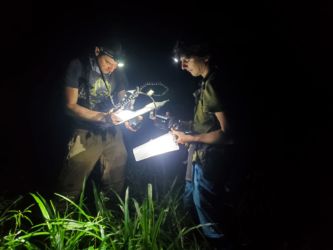
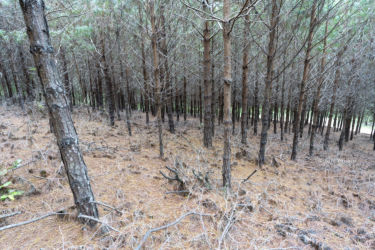
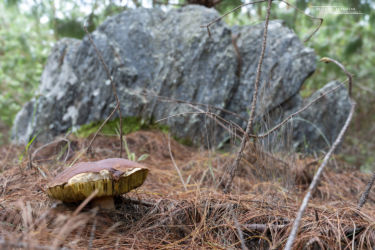
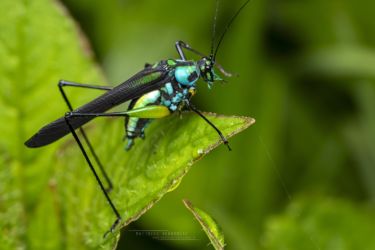
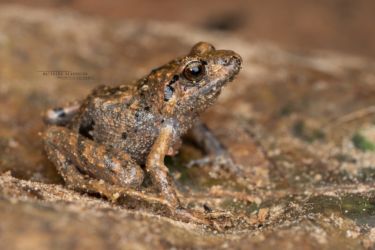
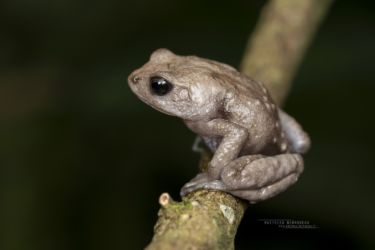
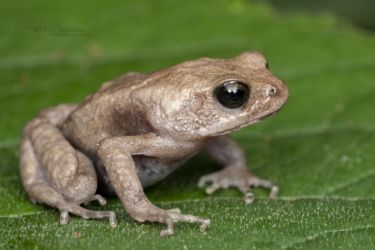
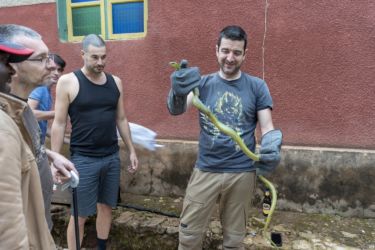
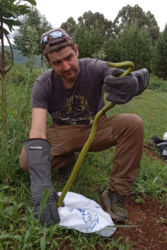
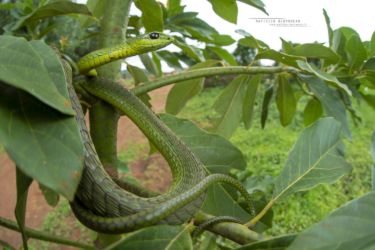
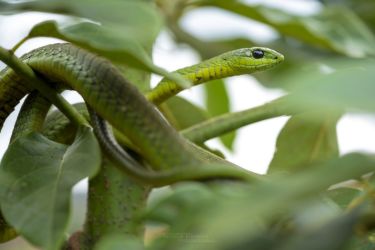
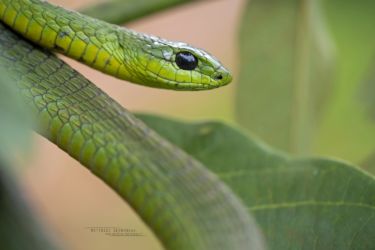
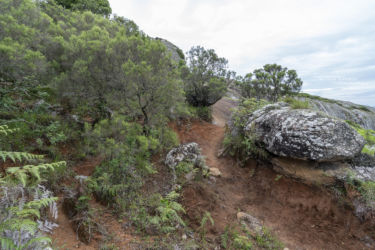
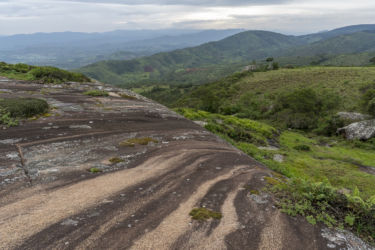
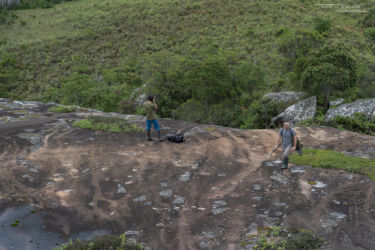
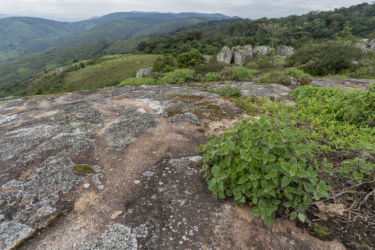
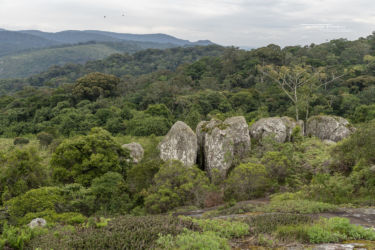
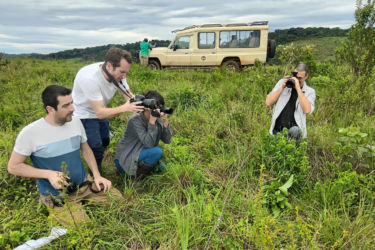
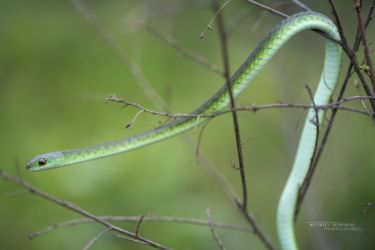
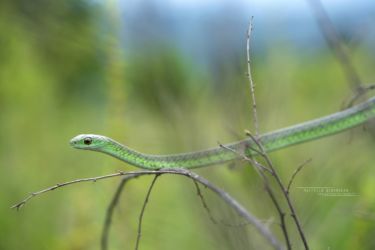
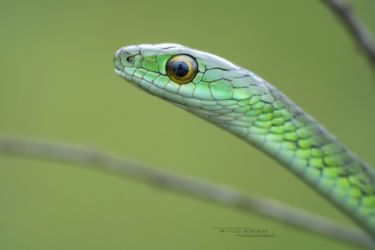
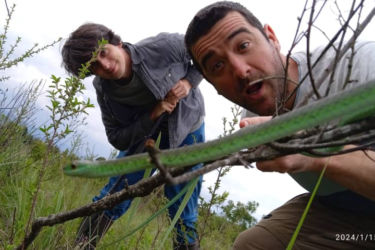
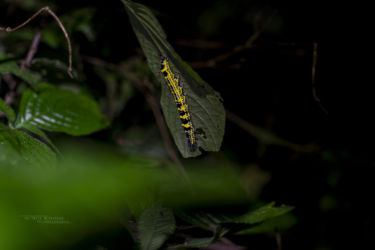
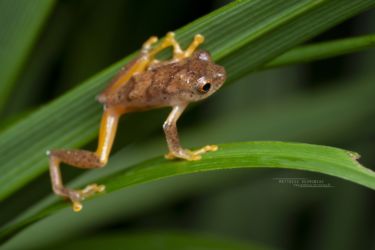
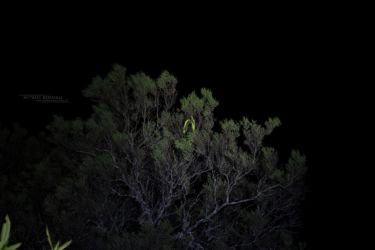
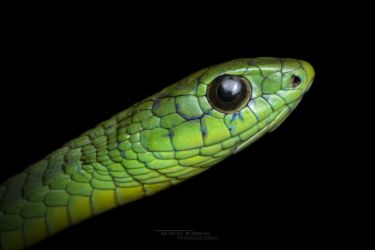
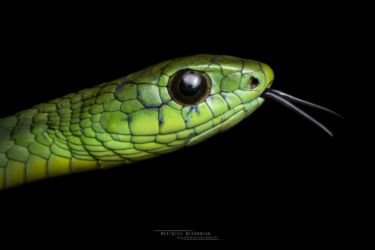
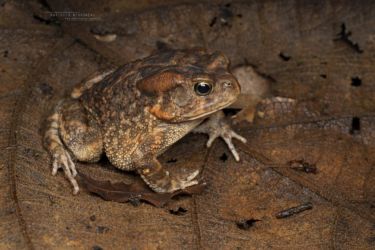
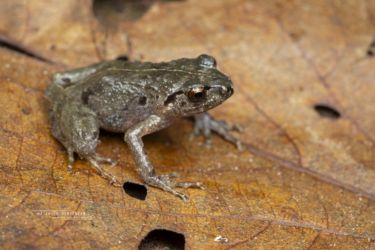


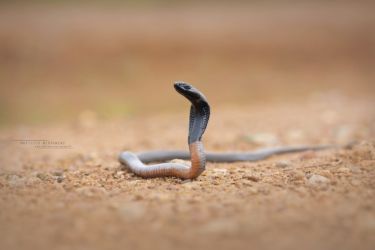
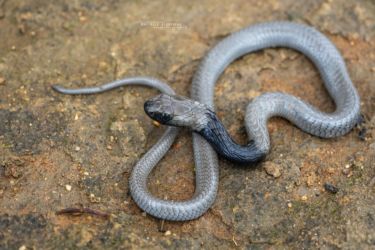
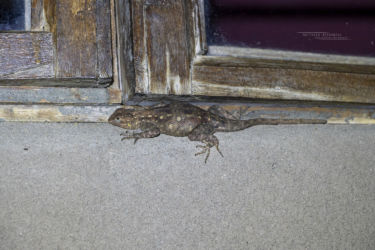
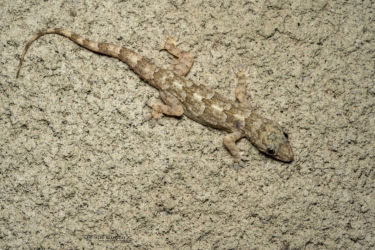
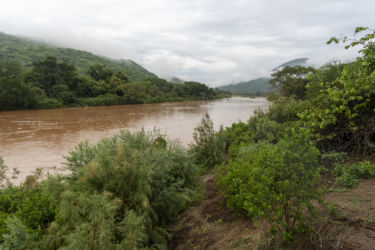
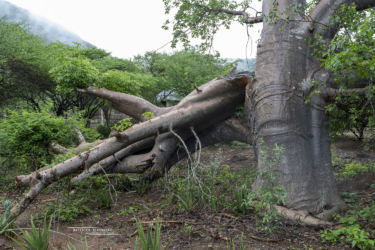
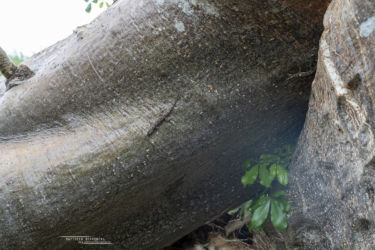
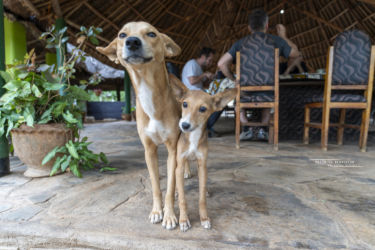
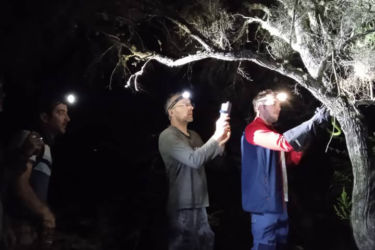
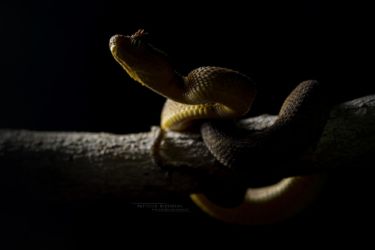
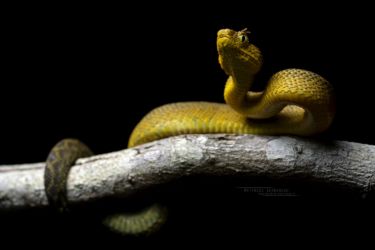
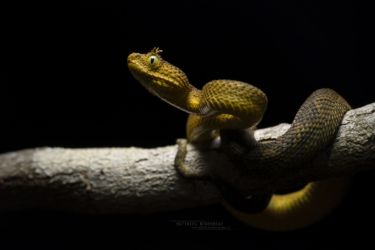
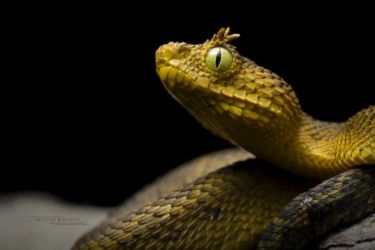
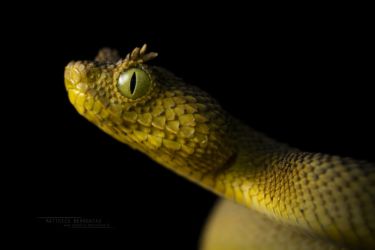
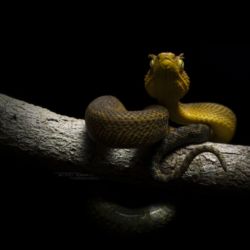
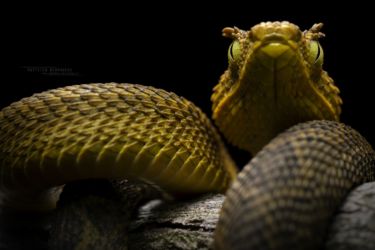
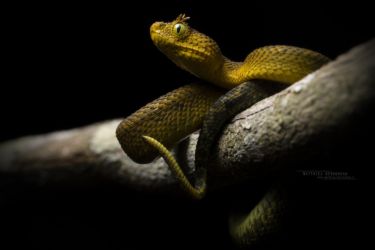
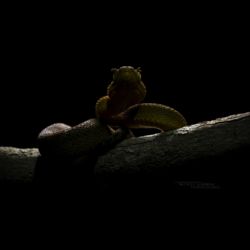
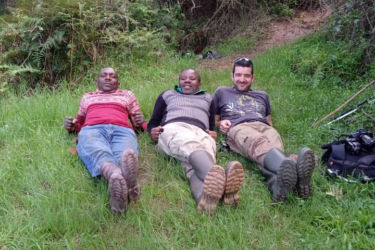
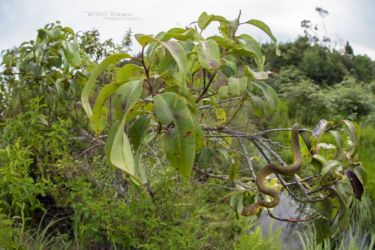
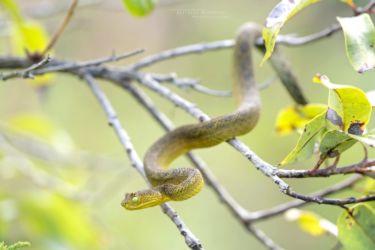
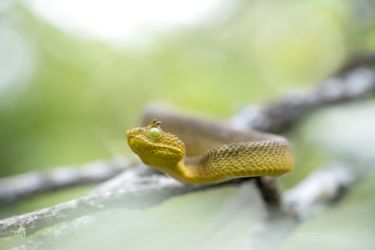
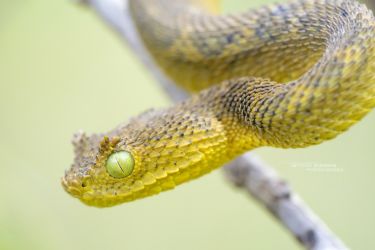
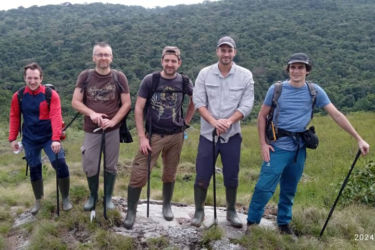
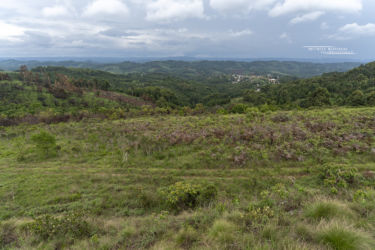
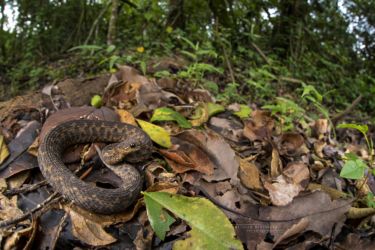
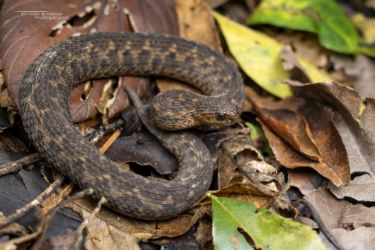
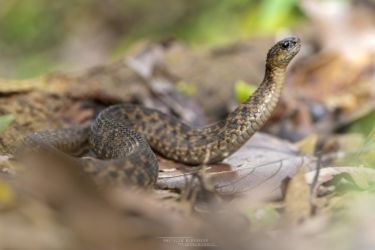
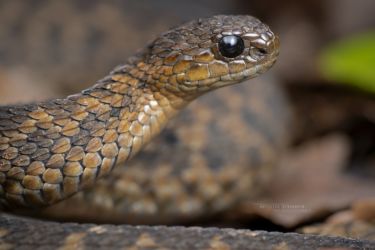
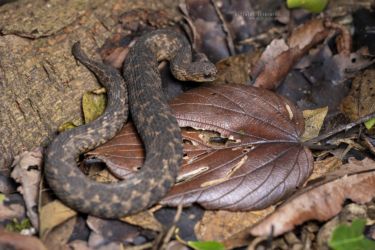
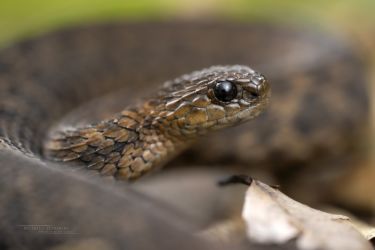
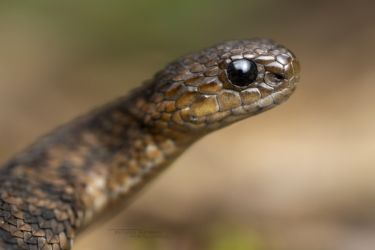
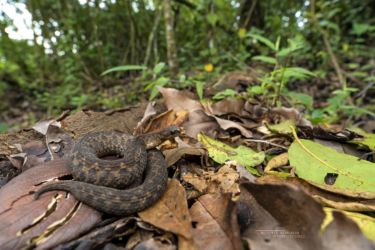
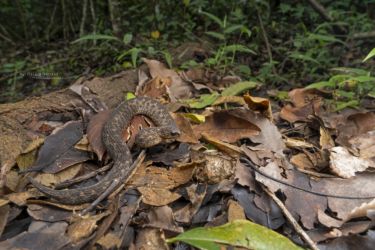
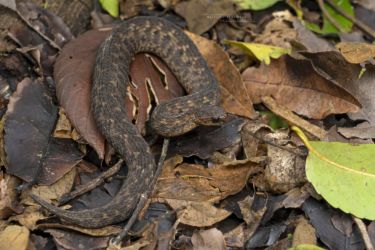
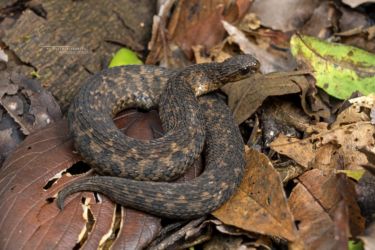
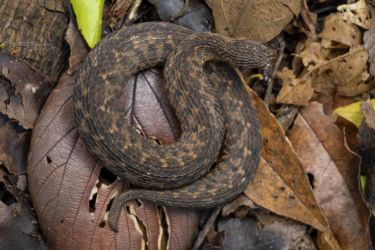
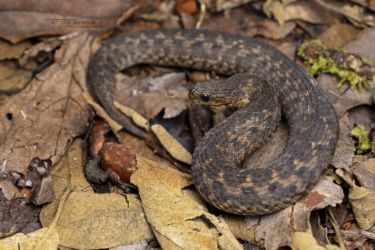
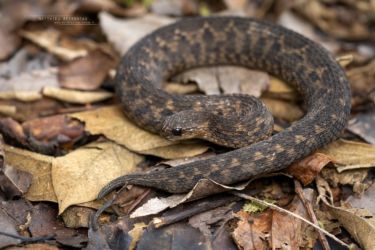
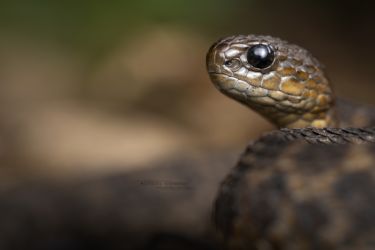
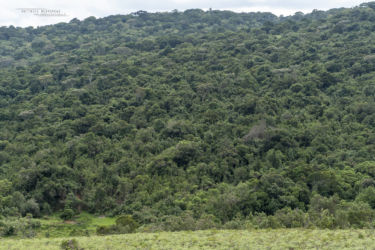
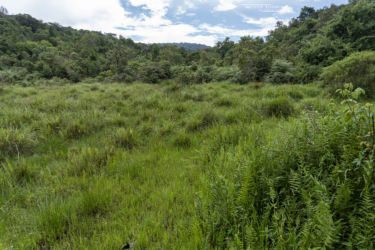
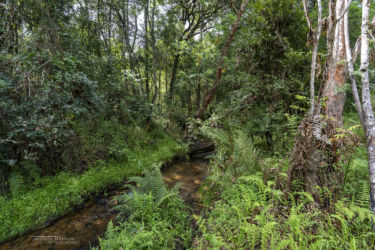
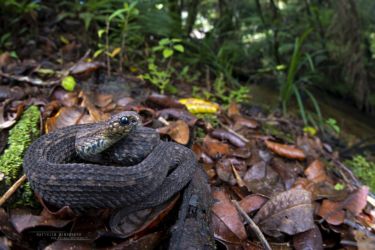
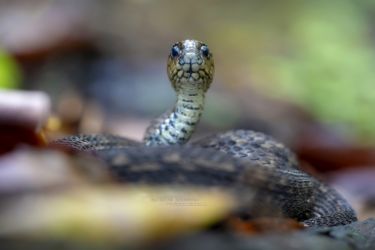
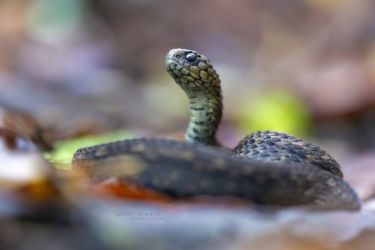
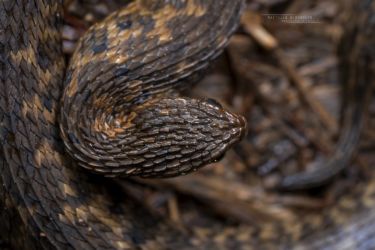
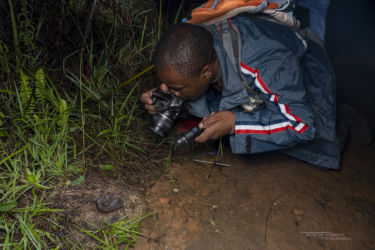


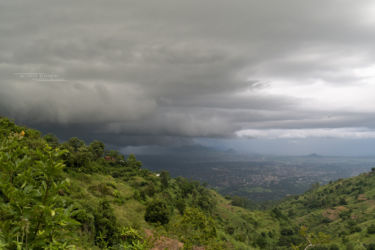

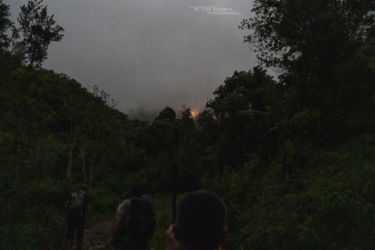
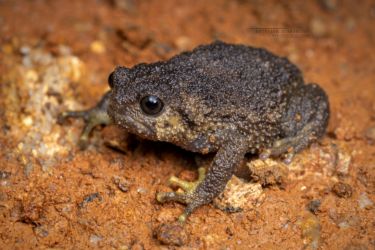
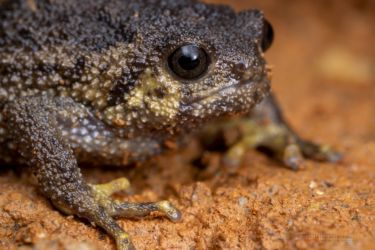
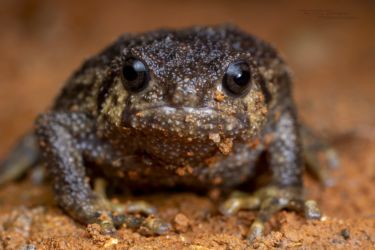
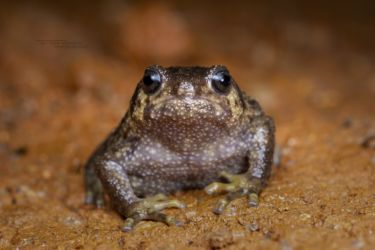
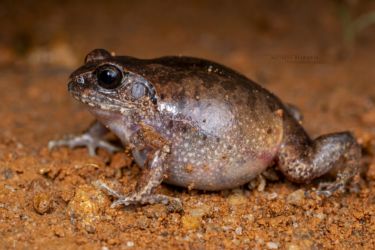
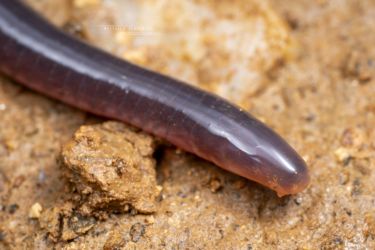
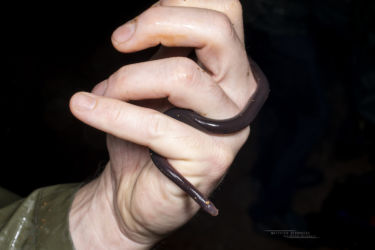
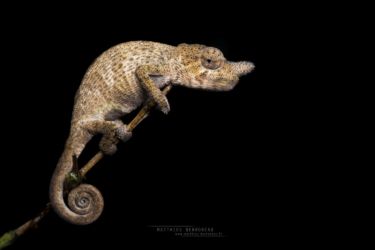
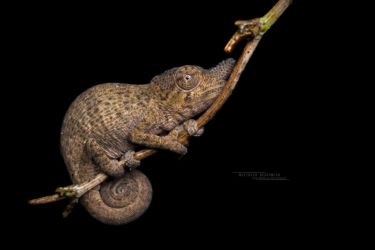
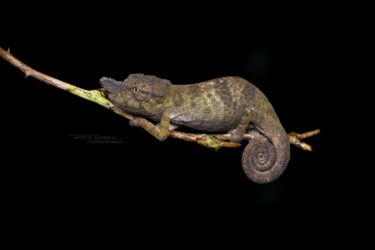
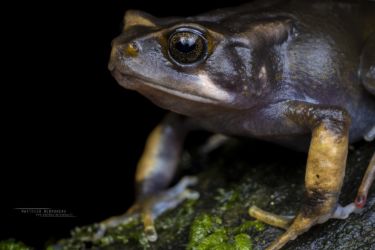
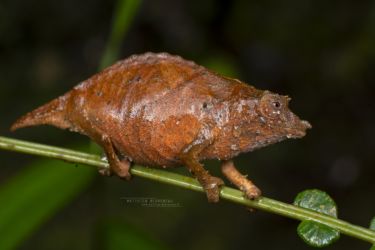
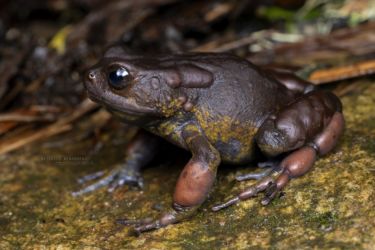
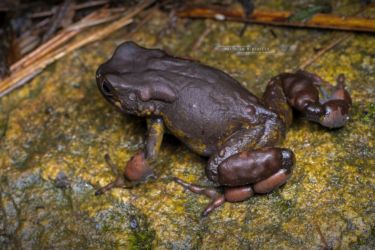
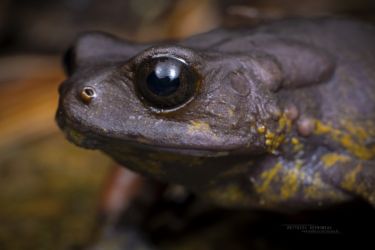
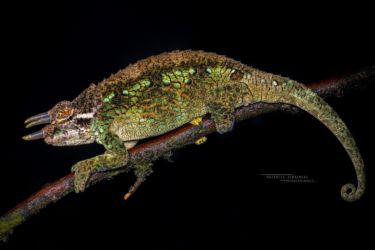
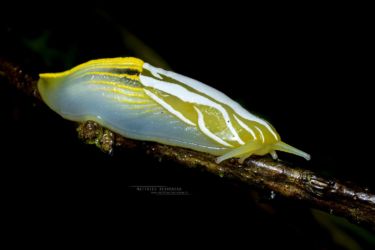
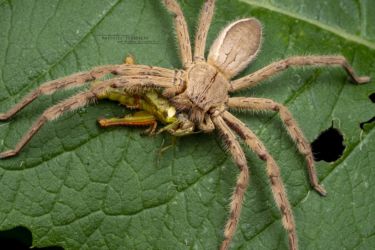
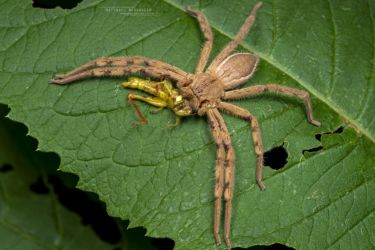
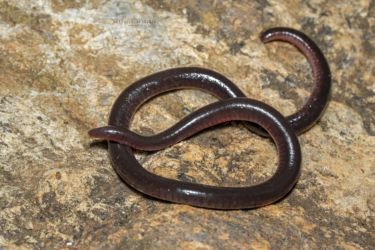
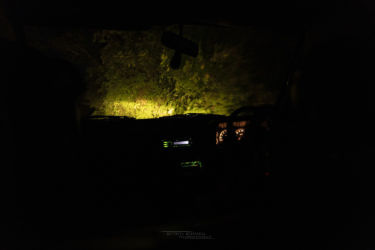
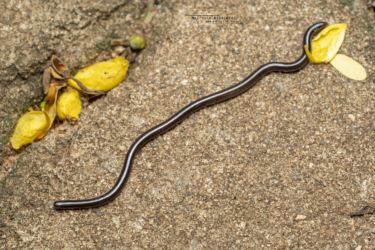
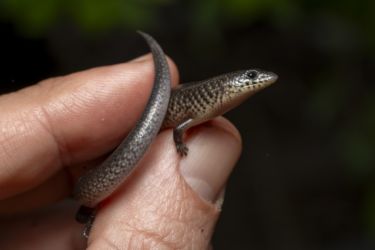
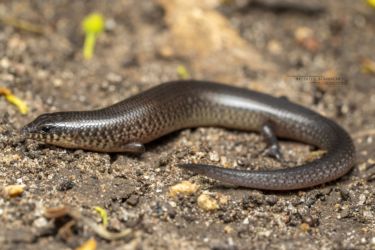
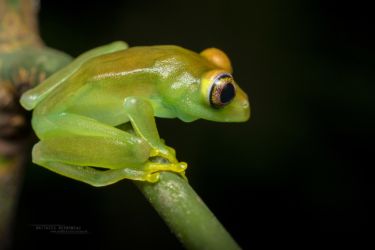
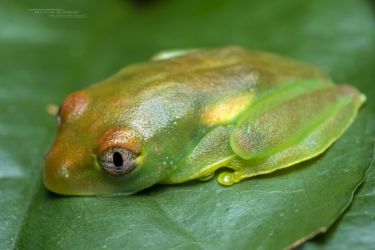
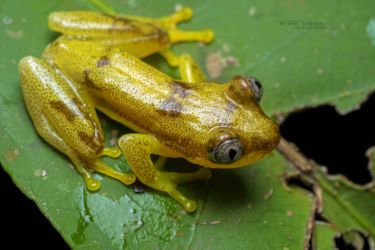
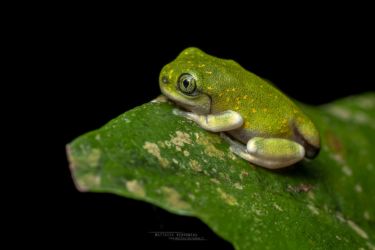
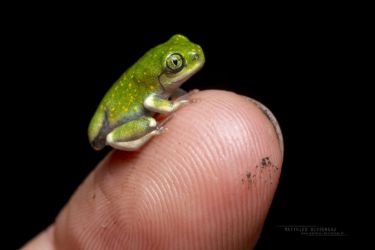
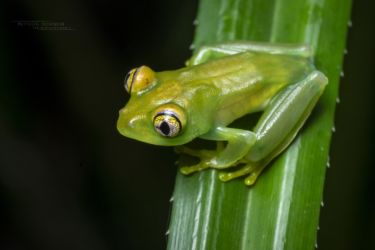
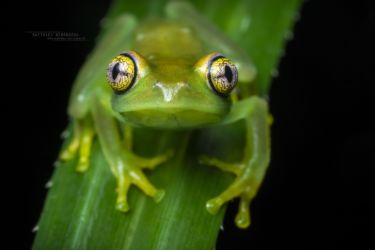
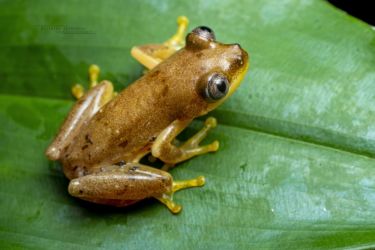
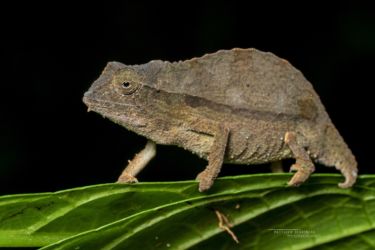
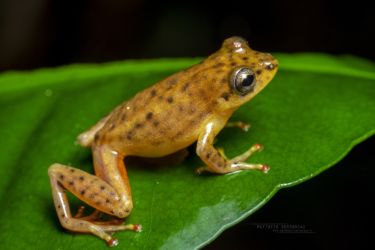
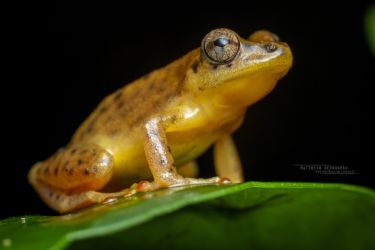
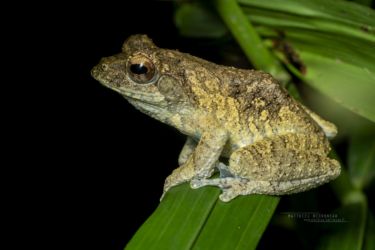
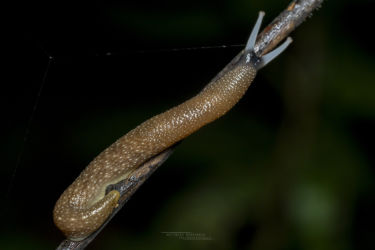
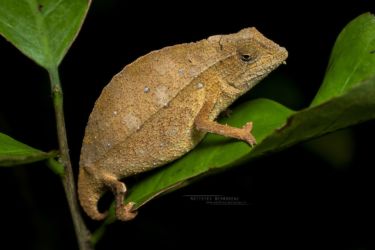
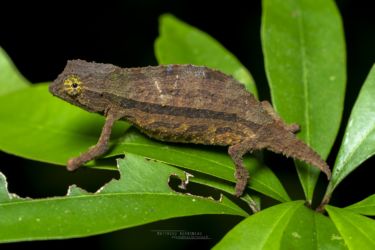
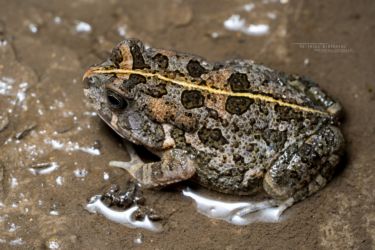
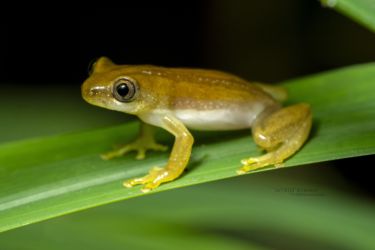
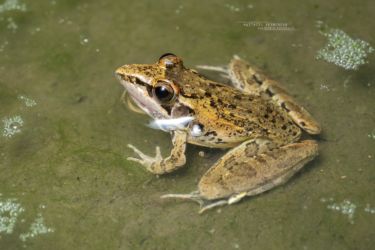
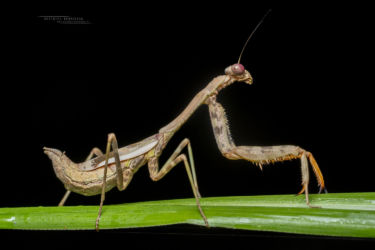
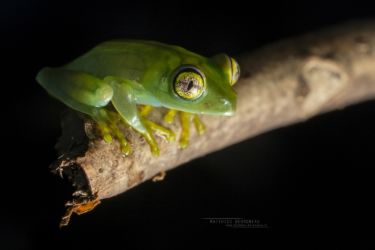
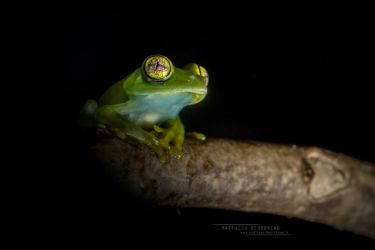
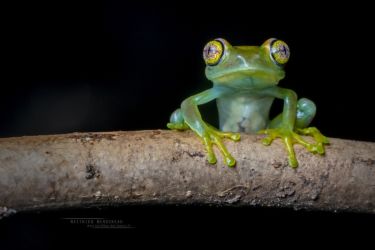
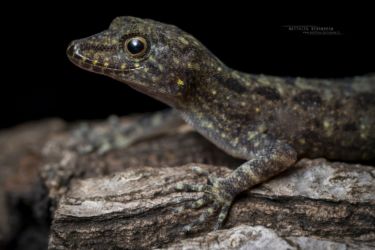
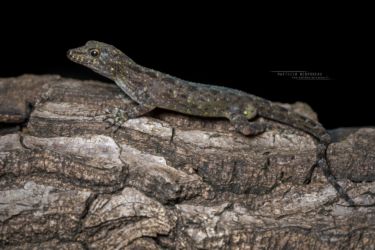
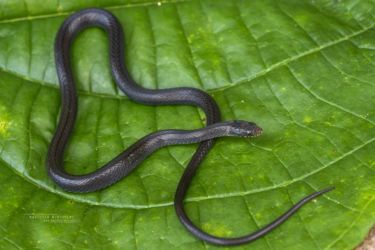
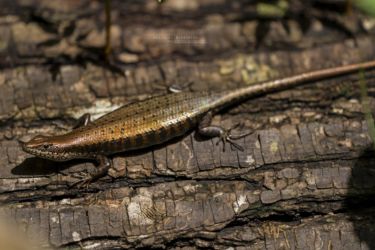
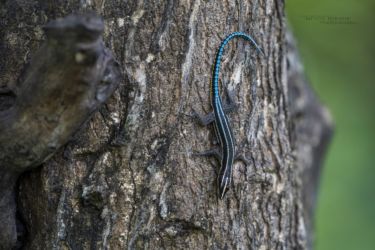
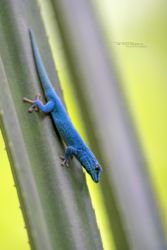
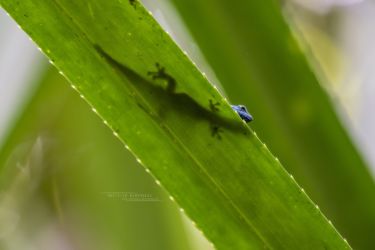
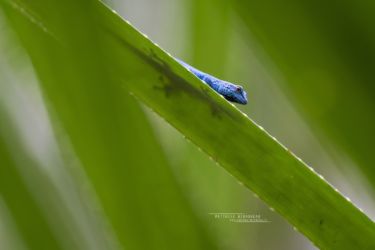
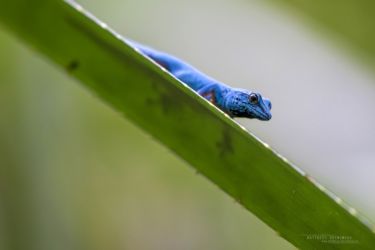
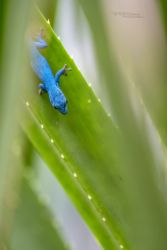
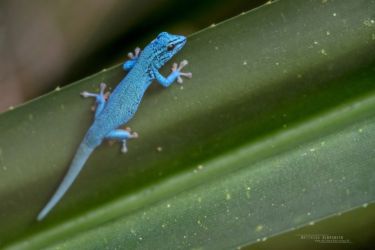

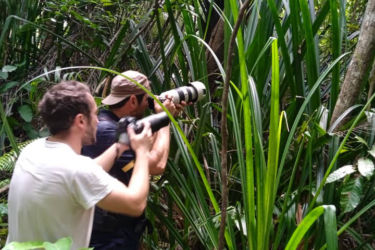
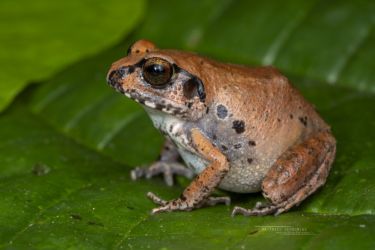
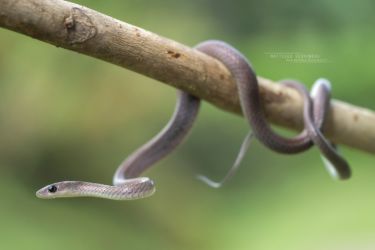
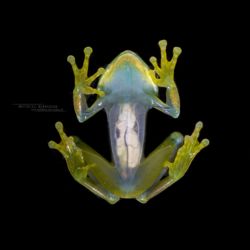
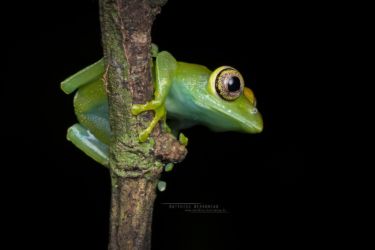
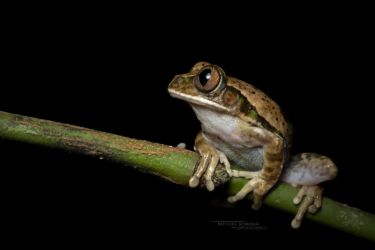
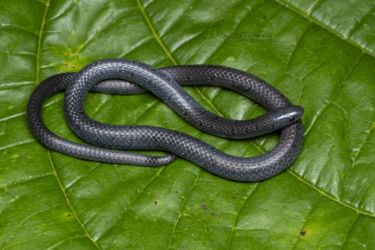
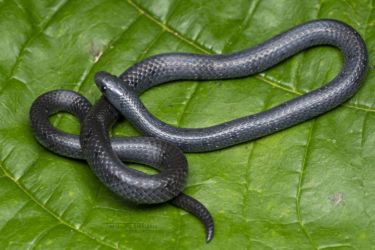
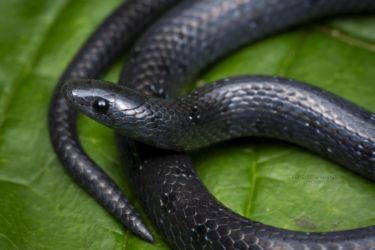
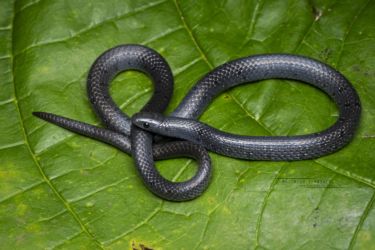
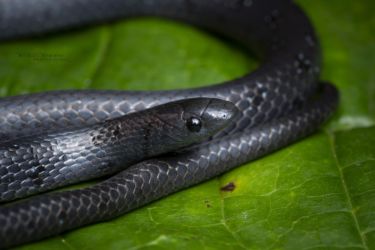
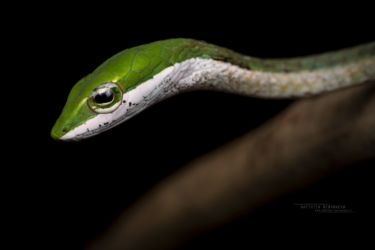
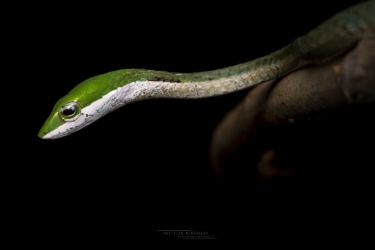
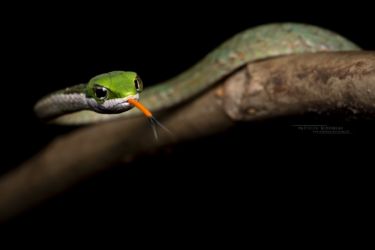
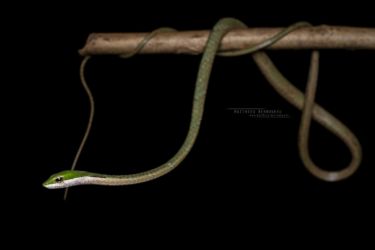
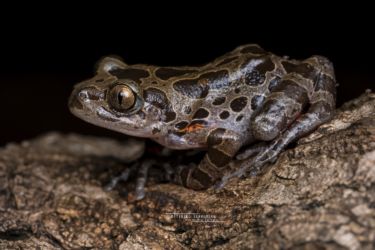
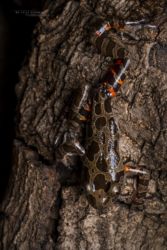
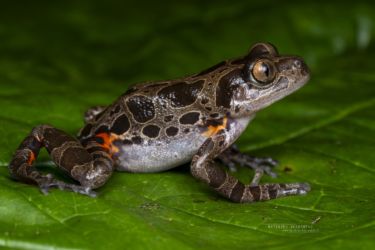
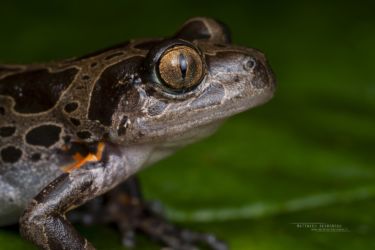
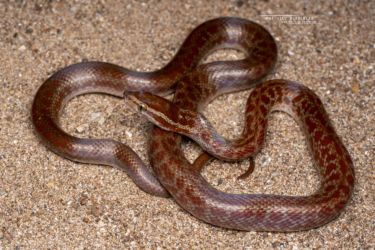
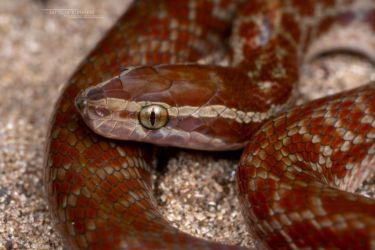
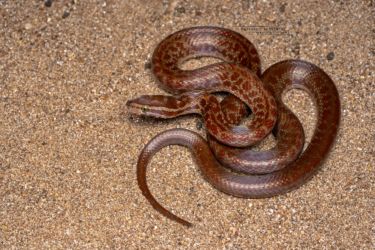
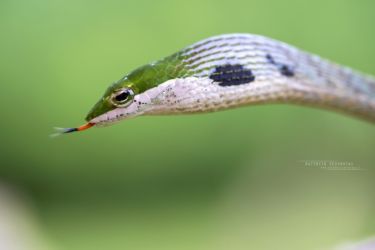
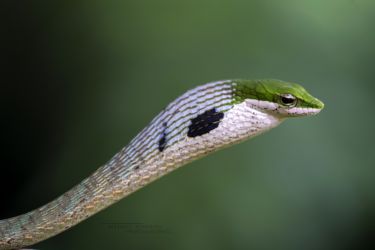
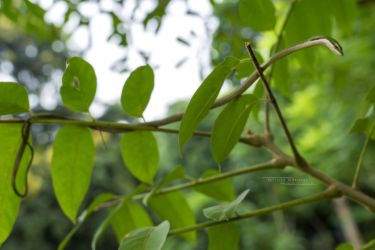


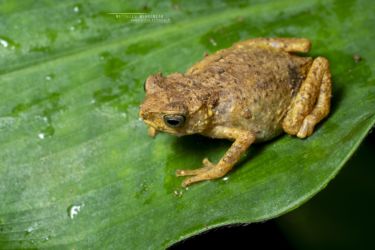
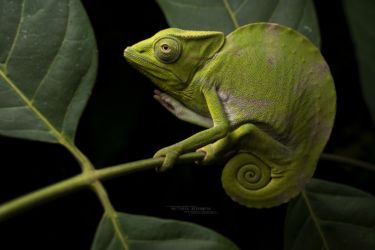
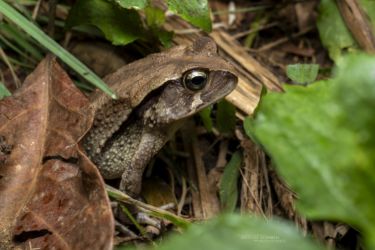
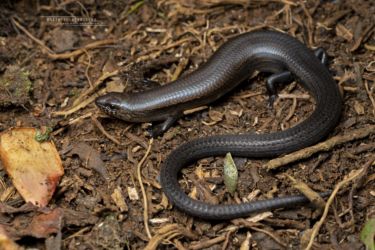
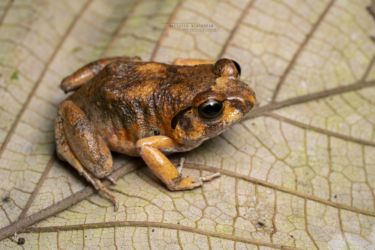
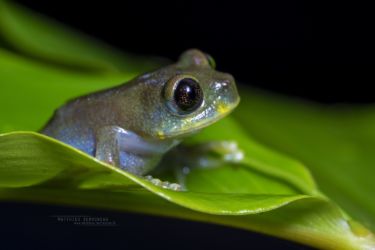
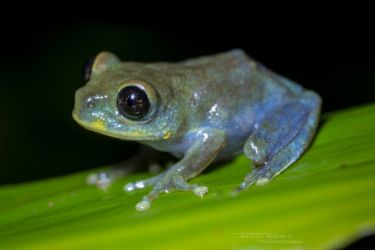
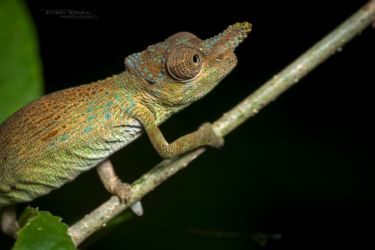
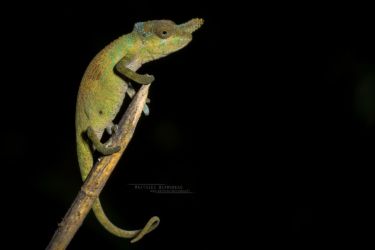
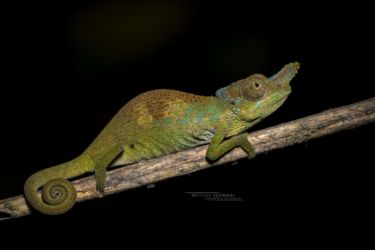
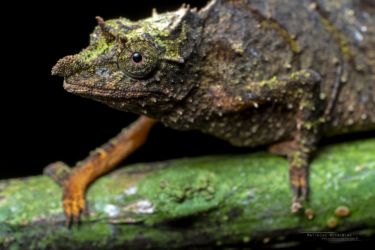
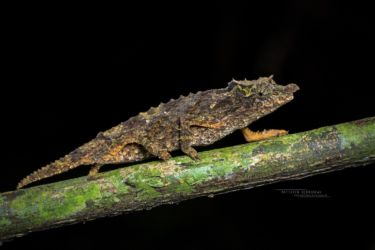
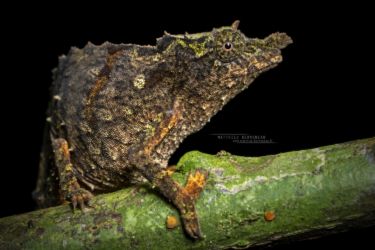
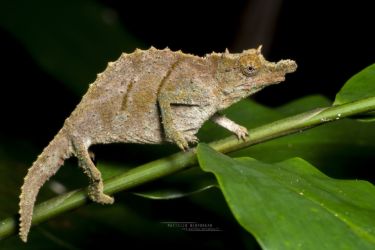
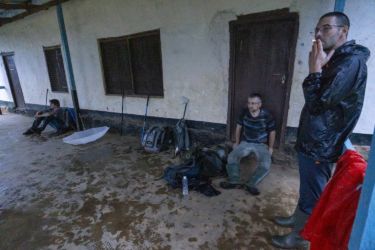
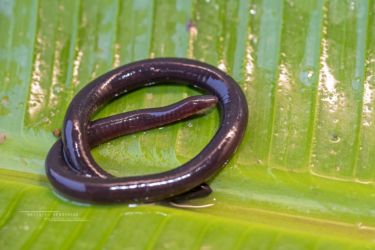
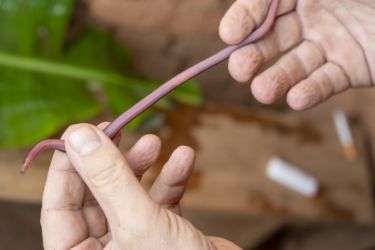
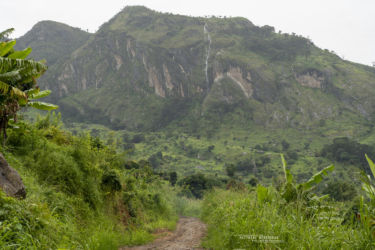
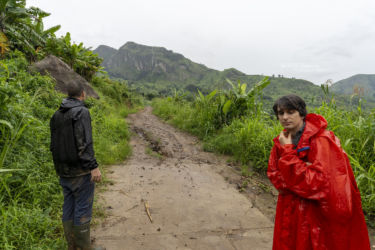
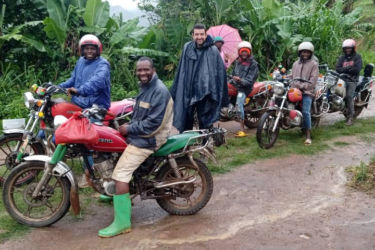
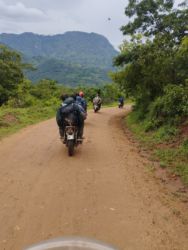

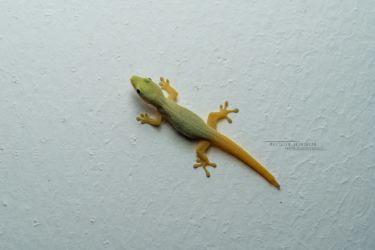
2 commentaires à «Atheris barbouri et Atheris matildae : Crypto vipers»
Vous pouvez laisser un commentaire ou Rétroliens (trackbacks) cet article.